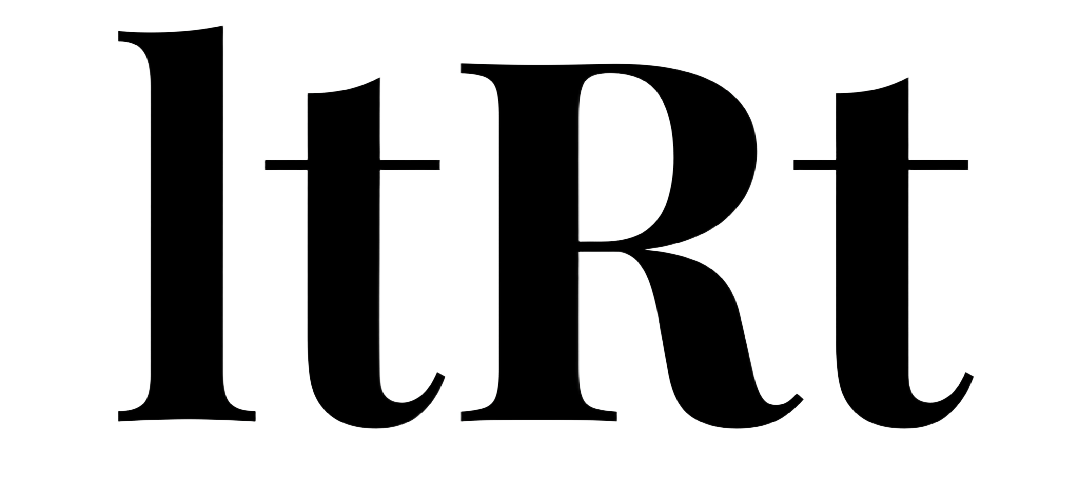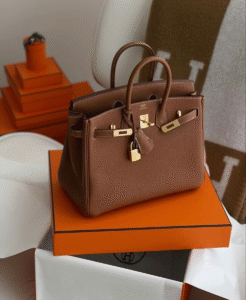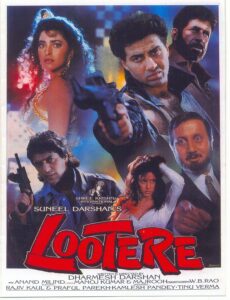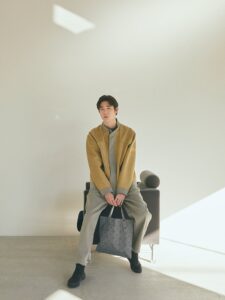Let The Raven Talk
The Rise of Counterfeits in Luxury Resale
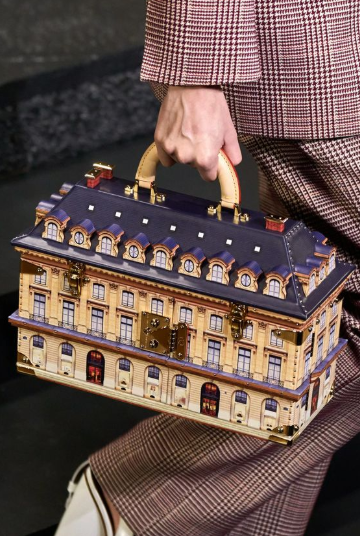
In the ever-growing world of luxury resale, a concerning issue is on the rise – counterfeit products. Fashion brands and platforms find themselves particularly targeted by this trend, posing a significant threat to the industry. As we look ahead, the fashion world is at risk of substantial losses due to the influx of fake luxury goods.
Remarkably, the luxury resale market has witnessed a staggering 65% growth from 2017 to 2021, reaching a value of 32.61 billion USD. Projections indicate it will likely reach 51.77 billion USD by 2026. What’s even more noteworthy is that this second-hand market is expected to expand at a rate double that of the total luxury market, with an anticipated annual growth of approximately 15% over the next five years.
However, alongside this impressive growth, the counterfeit market is growing on the same trajectory of resale market. Predictions indicate a 127% growth in the counterfeit market, reaching a substantial 81 billion USD by 2026. As luxury resale becomes more prevalent, so does its undesirable counterpart – counterfeit products. According to a report by AI authentication platform, Certilogo, their technology intercepted 27% of fake products in 2021, revealing a troubling statistic i.e., 1 in 4 products sold online is ‘fake’. Their forecast suggests that if this trend persists or continues to grow at prevailing rate, knockoffs could soon grab the Third of the fashion and luxury markets, signalling a challenge that the industry must address.
Understanding Trademark Counterfeiting
Trademark counterfeiting is when someone unlawfully uses a protected trademark. Now, with the rise in luxury resale, there’s a noticeable increase in trademark infringement due to manufacturing of fake or counterfeited products.
Counterfeiting is when a manufacturer creates unauthorized items that closely resemble well-known brands. It goes beyond just physical products and includes offering or advertising services in a way that confuse the consumers into thinking they’re from a legitimate source.
Trademark laws are there to prevent consumer from such confusion or deception. Trademark laws ensure that the product originates from a certain seller that owns the trademark and is of the standard quality that the consumer recognizes. So, simply, if a seller sells a product with similar mark with an intention to deceive consumers therefore, is violating trademark laws. While it’s usually easy to tell if a local market stall is selling fakes, there are cases where it’s not so clear-cut. It’s a challenge that trademark law aims to tackle to protect consumers and brands alike.
Legal Battles Against Counterfeiting
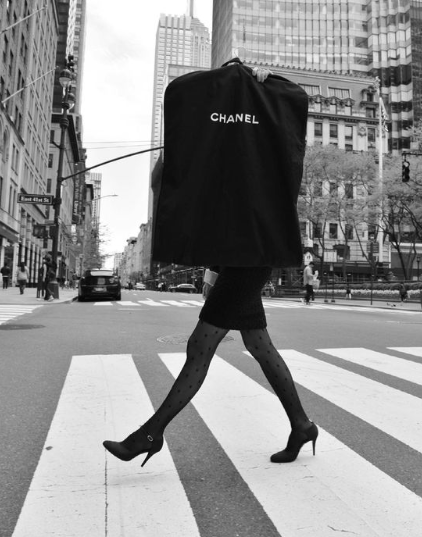
Some luxury brands are cool with the rise of resale, like a fancy second-hand store for designer items. But others, like Chanel, are more cautious. Chanel took legal action against ‘The RealReal Inc.’ in 2018, accusing them of selling fake Chanel handbags.
The RealReal is a company in California that sells second hand luxury stuff, and they promise that what they sell is real. But Chanel said,
“Don’t claim it’s 100% authentic; only we can guarantee that.“
Another brand, Tiffany, a seller of luxury jewellery was in conflict with online marketplace, eBay. Tiffany claimed that eBay was allowing sellers to sell fake Tiffany jewellery as if it was from the original brand. The court agreed, saying eBay didn’t take steps to stop confusion among buyers. Therefore, eBay was liable for false advertising.
As Chanel is serious about fighting counterfeits. They’re in an ongoing case against “What Goes Around Comes Around,” a resale platform, where they’re accusing them of trademark infringement and selling fake goods. The case is before the New York Federal Court, and we’ll soon know how it ends.
The Chinese Market and Luxury Resale
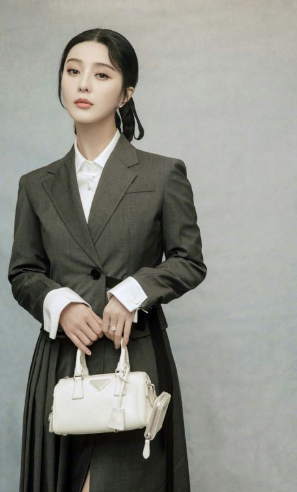
Back in 2016, China was the big player in the luxury market worldwide, hitting a whopping 50 billion USD. But surprisingly, it wasn’t the same for the second-hand luxury market where it was less than 1.5 billion, as per by China’s Secondhand Luxury Goods Working Committee, which was quite small compared to the total luxury market.
Now, here’s the twist, China is a major player in selling fake luxury products, both online and offline. This counterfeit business has blown up from a 30 billion USD in the 1980s to a massive 600 billion USD market in 2021. Shockingly, 80% of all the fake products worldwide comes from one country – China.
So, even though China rocks the luxury market, it’s not really into the second-hand game. Instead, it’s making big waves in the world of counterfeit luxury items.
Why Some Chinese Consumers Choose Fakes?
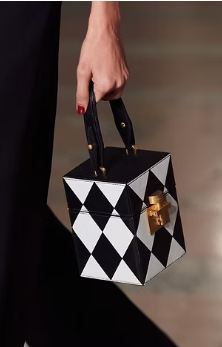
Let’s dive into the mindset of Chinese customers and what drives their choices when it comes to buying luxury goods.
Firstly, there are those who go for the real deal. They value luxury brands because it gives them a sense of prestige. Owning high-class items like a luxury handbag, jewellery, footwear, apparel or watch in China isn’t just about feeling good rather it’s a way to impress friends and colleagues and climb the social ladder.
On the flip side, some folks opt for fake products out of greed. They desire brands like Birkin, Gucci, Louis Vuitton, or Hermes but can’t afford the real ones. So, they settle for fakes, thinking it’s no big deal since they believe the luxury brands are overcharging anyway.
Surprisingly, there are people who could totally afford the authentic product but still choose fakes. Why? Because they prefer to pay the lower prices of high-quality counterfeits, thinking the real luxury prices are just too much.
Then there are the trend chasers, known as “Aspirational Shoppers.” These buyers are all about the latest and greatest until the next trend pops up. They might not want to invest in the real deal because it’s risky and might go out of style quickly. Buying the newest luxury trends in counterfeit is getting easier because counterfeiters are quick to copy designs, sometimes even before the official launch.
So, in the world of Chinese luxury shopping, there’s a mix of desire for prestige, cost-saving, and keeping up with the hottest trends.
Resale Market Struggles with Acceptance in China
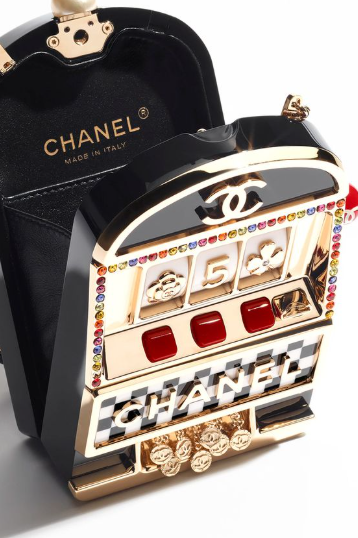
In China, people are still more into getting brand-new luxury products because luxury consumption is relatively new there, and most folks prefer shiny, new things over second-hand items.
Now, if we look at the United States and Japan, it’s a whole different story. Secondhand luxury businesses are thriving in these places. In Japan, even though the luxury market was smaller than China’s in 2016, however, the secondhand luxury consumption exceeded 5 billion USD. On the other hand, the US platform, for example, ‘The RealReal’, the biggest online secondhand luxury platform. In the first half of 2017, they found that sales into buying secondhand luxury items were really growing at an unexceptional way.
Zhao Depeng, the founder of a Chinese secondhand luxury platform called ‘Liwo’, tried to bridge the gap between markets in China and Japan. His goal was to bring more high-quality secondhand products to Chinese consumers. Even with this effort, the concept of buying used or secondhand luxury products still has a long way to go before it becomes popular among Chinese shoppers.
Solutions to Combat Counterfeit Luxury Goods
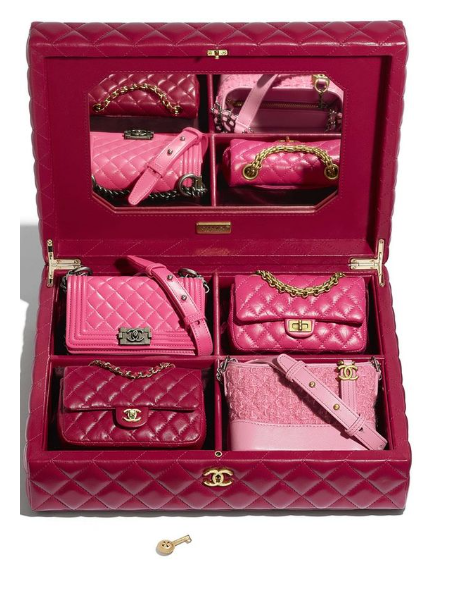
Authenticity challenge is about proving that the luxury product being resold is the real deal. Trust levels among consumers are low because counterfeiting is widespread. The rise in top-notch fake products adds to the authenticity concerns, making it tough for experts to distinguish genuine items from almost identical fakes. Authentication experts need serious skills to identify these high-quality fakes. The problem is, these experts are pretty rare and expensive, making them a scarce resource.
However, counterfeiting is the biggest challenge, impacting the growth of the secondhand luxury market. An online luxury goods authentication platform, ‘Yishepai’, revealed to Tencent that only 40% of the goods they checked in 2016 turned out to be genuine. This isn’t surprising, considering China’s reputation for producing impressive fake versions of luxury products. So, the struggle with counterfeit goods is a major hurdle for the expansion of the secondhand luxury market.
Some smart businesses are turning to advanced technology like Artificial Intelligence (AI) and blockchain to verify second-hand luxury goods. For instance, ‘GOAT’, a luxury sneaker reseller, uses AI that has learned from hundreds of thousands of data points about premium footwear. They start with a human expert assessing a photo of the sneaker, and then the AI steps in for additional verification.
Blockchain, another innovative solution, is gaining traction. Brands like Louis Vuitton’s parent company, LVMH, teamed up with Microsoft, a company and ‘ConsenSys’, blockchain technology software, to create ‘AURA‘, a blockchain-based authentication platform. AURA gives each newly manufactured item a unique identifier, creating a digital certificate that gets signed by each custodian as the item is resold. This way, the blockchain tracks the item’s journey, making it easy to verify authenticity.
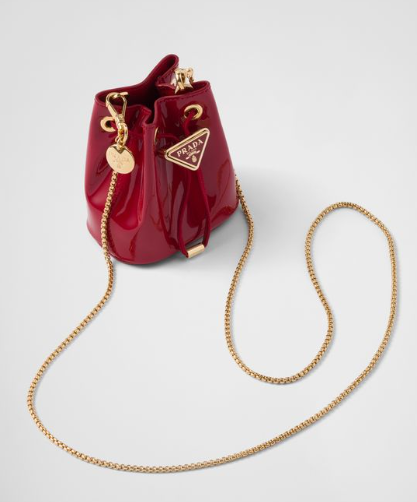
Despite these tech advances, many platforms still rely on human experts. Platforms like ‘The RealReal’ and ‘Vestiaire Collective’ invest heavily in human authentication. Vestiaire even collaborates with auction house specialists to authenticate hard luxury items and shares information to fight online counterfeiting. In 2021, they launched the “Brand Approved” initiative, partnering with brands to authenticate specific pieces.
eBay, aiming to build trust, introduced an “authenticity guarantee” for sneakers and high-end watches in 2021. It became a hit, leading to a significant boost in sales. They expanded the guarantee to luxury handbags in May 2022 and fine jewellery later on. Items over $500 are checked by experts before reaching the buyer, with watches inspected by ‘Stoll & Co’ and jewellery by the ‘Gemological Institute of America’ (GIA).
“In the last two and a half years, we have authenticated over 2 million pieces through our authenticity guarantee service. All this data helps eBay, and our collaborators, build better processes,”
says Tirath Kamdar, general manager of global luxury at eBay.
Anti-Counterfeiting Regulation and Education
The ethical approach involves educating consumers about the harsh realities behind counterfeit production. Brands can highlight the involvement of human trafficking victims, children in sweatshops, and slave laborers in creating counterfeit goods. Additionally, consumers should be made aware that violent Chinese criminal groups control the production and distribution of these counterfeits, often engaging in other illegal activities like narcotics trafficking and sex slavery. By creating awareness of the hidden costs associated with counterfeit purchases, brands aim to invoke feelings of shame and guilt, discouraging some Chinese consumers from buying fake items.
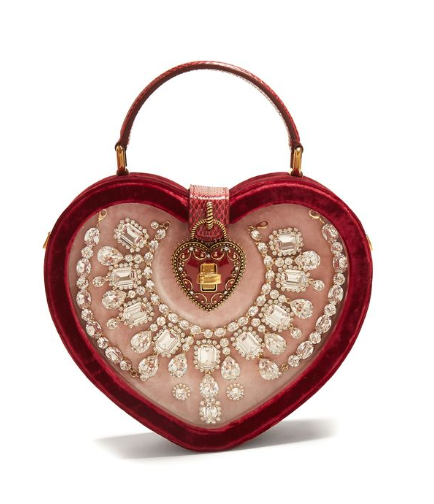
On the psychological front, luxury brands can work towards creating a sense of shame associated with buying counterfeit products, much like the stigma in the West. Regularly purchasing fake goods might be considered normal by some Chinese consumers, who assume that even the luxury items owned by their peers are also fake. In 2018, the Japan Patent Office launched an anti-counterfeiting campaign that aimed to embarrass consumers buying counterfeit goods.
Government regulation is also crucial in combating the fake market. Earlier, the punishments for selling counterfeit goods in China were not severe enough to deter such activities. In 2017, out of 1910 suspected counterfeiting cases, only 129 counterfeiters were found guilty, which is less than 10%. Responding to these results, lawmakers decided to amend regulations.
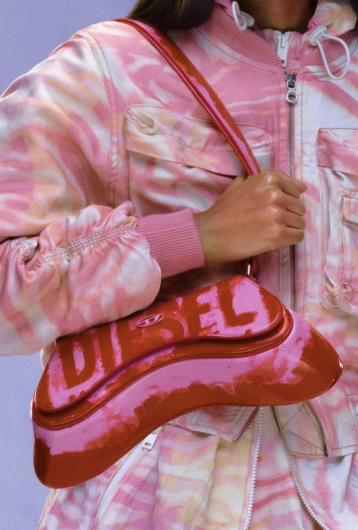
In August 2018, the State Administration for Market Regulation intensified efforts to crackdown on the illegal production and sale of counterfeit goods. Stricter punishments were announced for online trading platforms that didn’t cooperate with regulatory authorities or protect consumer and trademark owner rights. The new e-commerce law, effective from January 1st, 2019, aims to discourage counterfeiting in China through heavier fines. It places more responsibility on digital platforms to remove sellers of fake goods and addresses issues like false advertising, consumer protection, data protection, and cybersecurity. The law focuses on three groups: E-commerce platforms like Alibaba Taobao, merchants selling goods on these platforms, and vendors owning websites or social media involved in counterfeiting.
Conclusion: A Multifaceted Approach to Protect Resale
In the ongoing fight against counterfeit products, the luxury industry has invested in technology and AI for product authentication and even, urged governments to take legal action against fake goods and those involved in their trade. Despite these efforts, legal measures alone may not suffice. To make a real impact, there is a need to shift customer perspectives and reshape fashion trends. By emphasizing authenticity and quality of products over brand names and fast consumption, the industry can foster a change in consumer mindset and discourage the practice of buying fake goods. On the other side of the coin, brands can encourage the consumers to focus on genuine products and sustainable practices, which will help the luxury sector to create a more resilient and trustworthy environment for the shoppers.
